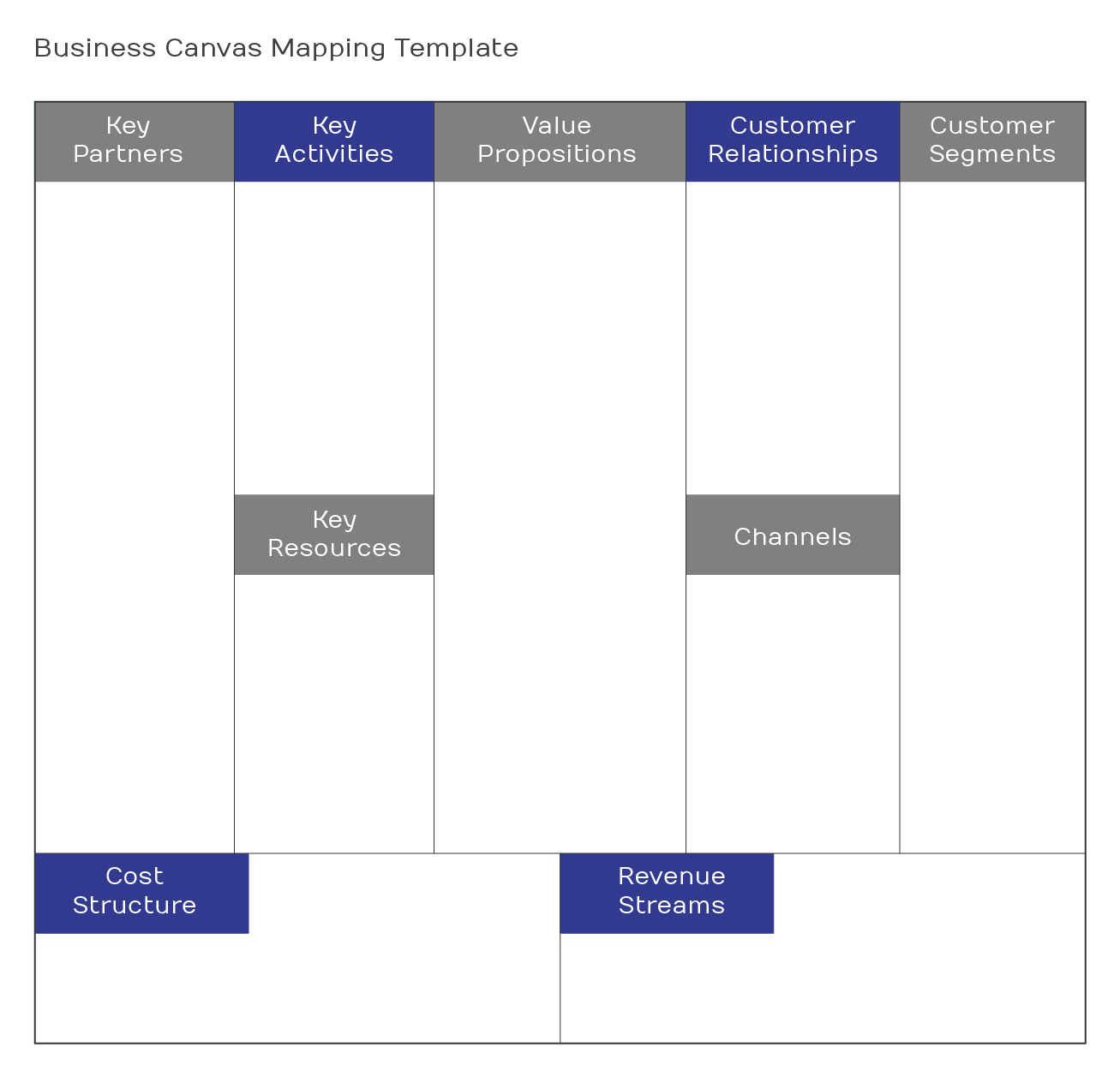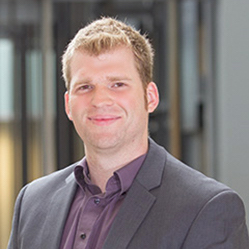6-minute read
According to a recent Entrepreneur article, there are many activities and strategies for energizing the team you have, including the 6-3-5 approach, prioritizing one-on-one time, and more. These are useful day-to-day activities, but they don’t change the fundamental structure of your team. How can managers optimize their teams for productivity?
This guide will walk you through how to build a high-performance team.
First, let’s make sure we are on the same page about what that means.
What is a high-performance team?
From functional to task force, you’ve probably heard of a handful of different types of teams. The type we’re focusing on, the high-performance team, generates better outcomes than average on many fronts. When it comes to producing code, making critical decisions, and achieving better overall outcomes, high-performance teams come in first place.
Like anyone seeing these successes, you probably want to translate them to your next project.
Want to know how to create a high-performing team?
Let’s break the process down step by step.

Step 1: Define the problem you’re trying to solve
Before assembling your team, you need to understand the problem they’re coming together to solve.
Maybe you’re faced with a tactical problem like “How do we fix a specific engineering problem?” Maybe your problem is something more creative, such as “How can we change our business model?”
If you’re not sure what type of problem you’re trying to solve, STOP! To solve whatever challenge is ahead of you, you need the right solution, and every problem requires a unique solution. Your leadership approach—and overall success—depend on how well you understand the challenge you’re facing.
To define your problem, you need to generate a project charter. According to Wrike, a project charter includes:
- Reasons for the project
- Objectives and constraints
- Stakeholders
- Risks
- Benefits
- Budget overview
There are a few frameworks you can use to define your charter. Depending on how much detail you want to gather, you could use any one of the following:
- The simplest approach: The “5 W” approach involves listing who, what, why, when, and where.
- A more complex approach: If you prefer a more in-depth analysis, try using the SWOT format. Using a grid format, this allows you to identify strengths, weaknesses, opportunities, and and threats.
- Somewhere in the middle: You can also do a business canvas mapping exercise that helps you visualize processes. This consists of a mental model of your business including key partners, activities, resources, value propositions, customer relationships, channels, customer segments, cost structure, and revenue streams.

With your problem well-defined, you can think about what type of team will be best-suited to address it.
Step 2: Understand the type of high-performance team you need
Before diving into creating a high-performance team, you’ll need to check whether that’s actually the type you need. A working group is another productive type of team that may be better suited to the tasks at hand.
Let’s look at each type a little more closely.
Working group
A working group is often confused with a high-performance team, as they look similar from afar. Both have multiple people working towards a common goal, but the way they operate and become most productive is different. Working groups have the following qualities:
- Best for: A well-defined problem with clear issues and objectives
- Structure: As Katzenbach and Smith discuss in their article “The Discipline of Teams,” a working group follows a clear, hierarchy-based working pattern. There’s a strong, clearly focused leader and work is produced individually. Accountability is also individual.
- Team dynamic: Delegation is the name of the game. Working groups prioritize efficiency. They will be most comfortable following a “waterfall” software development lifecycle (SDLC) approach with set phases, roles, and activities.
- Markers of success: Success is defined by indirectly influencing others, such as financial performance of the business.
A working group may be the better choice for you If you’ve been tasked with solving a straight-forward, data-based problem.
But what if you’ve been tasked with a creative problem, such as “How do we double our team’s revenue in 18 months?” or “How do we utilize AI to improve our new product?” In this case, the hallmark efficiency of a working group would be a your biggest limitation.
This is where you need a high-performance team.
A high-performance team
High-performance teams have the following qualities:
- Best for: Abstract, creative problems
- Structure: A high-performance team hierarchy is flat. Leadership roles are shared, since each member is already a leader in their respective area. The team will work within an Agile structure and swarm tasks to get them done.
- Team dynamic: High-performance work is highly collaborative, using the best of everyone’s skills. Collaboration happens in open-ended, enthusiastic discussions and work sessions. Delegation doesn’t really happen since the team shares responsibility for all products.
- Markers of success: Success is assessed by measuring their collective work products and their direct impact on the business.
Step 3: Assemble your high-performance team
As author Jim Collins emphasizes in his book Good to Great: Why Some Companies Make the Leap…and Others Don’t, achieving success is about picking the right people. Compared to traditional teams, high-performance teams require a new perspective on how to recruit, manage, and function as a team. In their Harvard Business Review articles, Fischer and Boynton give tips for how to best handle the different approach:
- Recruit specialists. Every member of a high-performance team should be excellent at a narrow set of skills. The leadership hierarchy is flat; everyone contributes in the areas they’re very good at.
- Trust their skills. Don’t be concerned if potential team members haven’t tackled the problem at hand; it may be a new challenge that no one could have experience. While traditional teams might be built with people who have experience similar to the situation at hand, you can create your team based on skills alone.
- Choose carefully—and don’t be afraid to wait. This type of team is so successful because team members’ skills are complimentary and cover all areas thoroughly. It’s critical to get the right people on your team, so be prepared to wait for key people to become available.
When your team is assembled, it’s time to solidify how it will operate.
Step 4: Adjust how the team works
While traditional teams center around efficiency and harmony, high-performance teams focus on creativity, which requires diverse ideas, opinions, and styles. This creativity can sometimes feel like chaos.
As the manager in charge, you’ll need to foster competition between team members, but also let each individual shine. Given their skillsets, most people on your team are probably accustomed to being front-runners on previous projects. For a successful dynamic on a high-performance team, it’s vital that you celebrate each individual and their unique contributions.
In my experience, getting a team like this moving in the right direction requires some whiteboard sessions and pivots. Flexibility is key, which is why Agile management is recommended. In practice, this looks like:
- Quick, close collaboration. Everyone needs to work in close physical proximity, often together, to accomplish tasks at a fast pace. Email, phone, and large team meetings will fall away in favor of face-to-face discussions. (This is where all your favorite startup sayings come from, such as “Fail Fast, Fail Often” or “Move fast and break things.”)
- Experimentation. Say it with me: creativity. Innovation requires lots of ideas, both good and bad. Your team should use data to drive their creative decisions.
- Lots of energy. This team style makes work something like a contact sport. Face-to-face conversations foster impassioned dialogue, which (while sometimes intense) does get results.
- Tangible progress. To make progress, your team needs more than words. Small proof of concepts rule the day here; they are the fastest way to iterate toward a final design choice.
Step 5: Optimize your team
You may be familiar with the four traditional phases of team development. High-performance teams don’t follow this pattern. Instead, it’s critical to ensure that as the project progresses, your team members move from separate, individual identities into a unified team with a shared identity. As a manager, it’s important for you to nurture this progress. To do this, you should:
- Prioritize strategy. According to “How the Most Successful Teams Bridge the Strategy-Execution Gap,” high-performance teams “spend nearly 20% more time (compared to low-performing teams) defining strategy (i.e., translating a high-level vision into clear actionable goals).”
- Address pain points early. Challenge all assumptions and make performance improvements a priority, especially at the beginning of your team collaboration. It’s much more productive to find performance pain points early and resolve them instead of waiting until you have a working prototype.
- Timebox. Time management becomes critical so that your team can still deliver the uncompromising demands and timelines of your high-stakes project. The Agile technique of timeboxing works great combined with a ruthless approach to prioritizing design features. The time box sets a limit to the time worked on a high-level concept; the allows your team intellectual freedom while keeping the project on schedule.
- Stay challenged. Dedicate time for your team to pursue larger challenges, such as “What if we could get this to run 80% faster?”
Get a high-performance team
At Logic20/20, when tackling certain types of problems our clients can’t solve, we often create high-performance teams. This type of team utilizes expertise from across our delivery practices and involves a high-energy, creative approach. On the client side, we also create these teams for our clients as part of our corporate & business strategy work.
When created and managed correctly, high-performance teams can be a great solution for creative problem-solving in your organization.
Like what you see?

Mick Wagner is a Senior Manager in the Advanced Analytics practice at Logic20/20.

